Hell's bells - mysterious stalactites of El Zapote Cave (8 photos)
Somewhere in the depths of the Mexican Yucatan Peninsula, in the state of Quintana Roo, there is an amazing underwater cave hidden - Cenote El Zapote. Its waters go down 50 meters, but the most amazing thing awaits swimmers halfway. 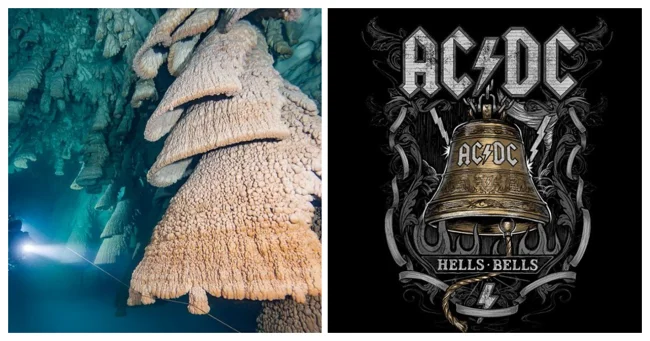
Here, in a narrow six-meter layer of the cave, reminiscent of an hourglass, unusual stalactites hang from the ceiling. They do not look like the usual pointed icicles - these formations are hollow, conical, reminiscent of either bells or lampshades. Divers have nicknamed them "Hell's Bells" after the hit of the legendary Australian band AC/DC.
The Secret of the Underwater Kingdom 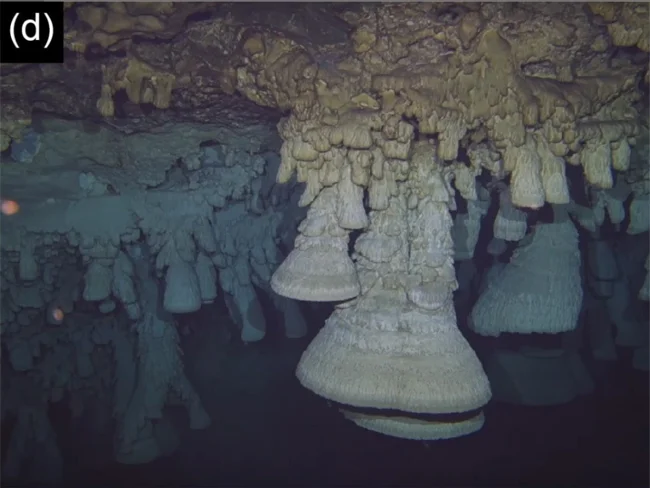
The "Bells" meet at the border of two worlds - fresh water seeping from above, and salt water rising from the depths. These layers hardly mix, and between them lies a thin layer - a halocline, where there is almost no oxygen. It is here, at the junction of life and silence, that these mysterious formations are born. 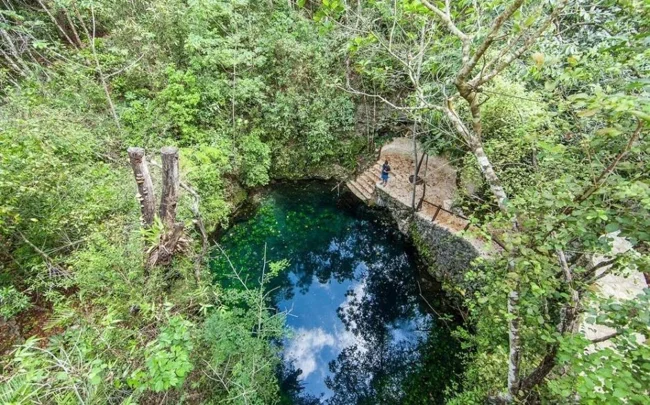
They can reach two meters in length and a meter in width, and their walls are up to 3 centimeters thick. But the most amazing thing is their shape. Most of the "bells" are not closed: as if someone carefully cut out a segment in them, leaving only a semblance of a horseshoe. And this gap always faces the walls of the cave.
How do underwater wonders grow? 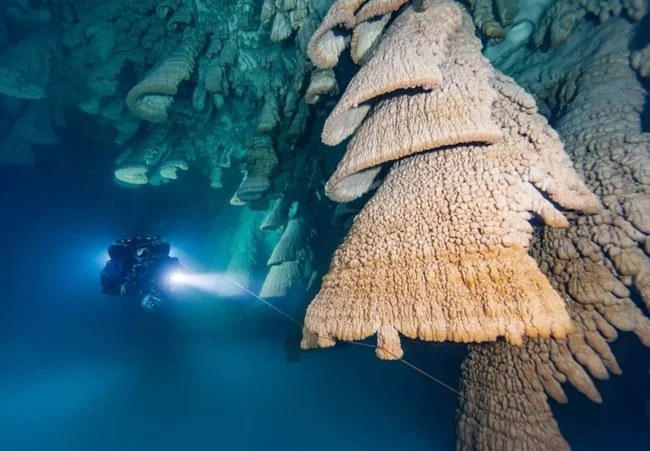
Typically, stalactites form when water evaporates or loses carbon dioxide, leaving behind calcite. But Hell's Bells are different. Scientists believe they form underwater, and microorganisms play a key role. 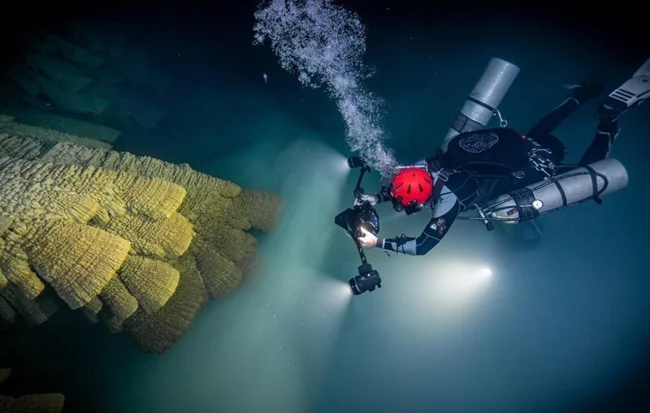
Professor Wolfgang Stinnesbeck from Heidelberg University, whose team studied the cave, is sure that the growth of these structures depends on the unique biochemical conditions in the halocline zone. They are also incredibly ancient - the first "bells" began to form 5,000 years ago ... and the process is still ongoing. 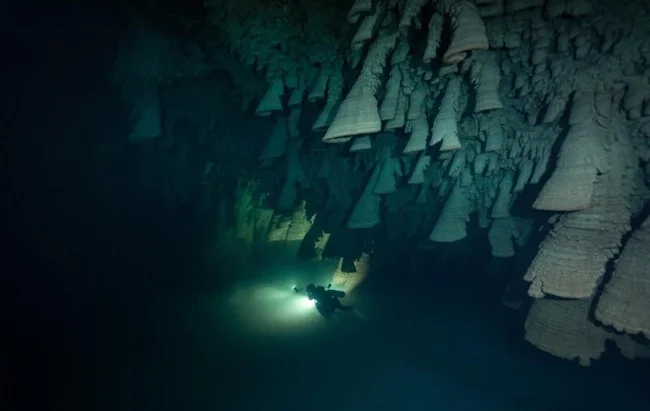
"The Hell's Bells of El Zapote are a mysterious ecosystem that has produced the largest underwater speleothems in the world. Their shape is unique and they were probably created with the participation of microbial colonies that are still active today," the researchers conclude. 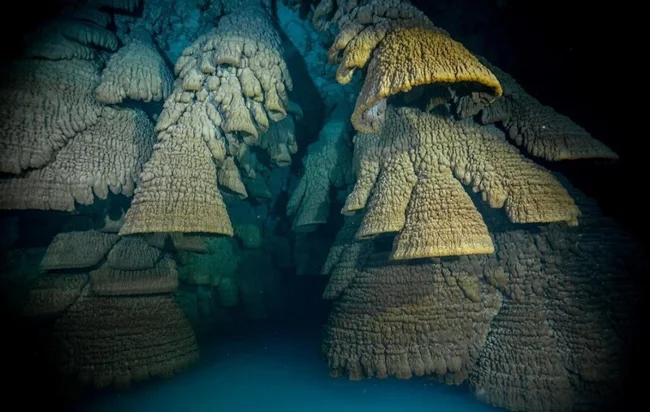
This underwater cathedral, where instead of ringing there is eternal silence and instead of light there is a mysterious twilight, continues to keep its secrets. Who knows what other mysteries are hidden in its depths? 






























